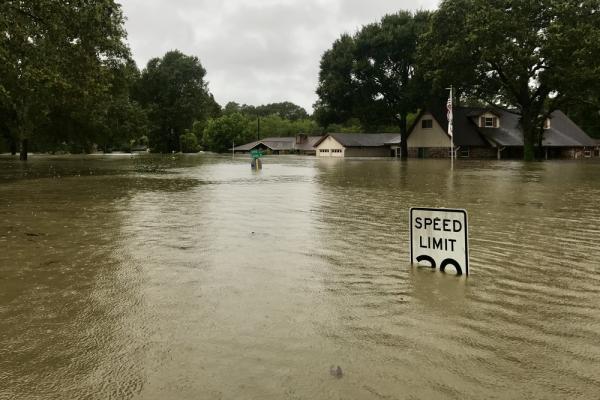Jan 31, 2019
The National Climate Assessment, jointly released by 13 federal agencies in November, affirmed this risk, noting that across all climate risks, “low-income communities, some communities of color, and those experiencing discrimination are disproportionately affected by extreme weather and climate events, partially because they are often excluded in planning processes.”
Read the Full Article

Already a subscriber? Login
